 Clyde L. Hauver, Sr. Clyde L. Hauver, Sr. “White-lightning” did him in, without ingesting a drop. You could say he died from alcohol, but it’s not what you think.Blame it all on a remote mountain clearing known as Blue Blazes. Clyde Lester Hauver, Sr. was a pretty good local baseball pitcher. His gravesite is in clear view of Nymeo Park at Harry Grove Stadium. As a major promoter of the sport, I’d bet money that our Frederick Keys stadium namesake, James H. Grove, Sr., was well aware of the young phenom who once starred on diamonds around the county and state. Clyde Hauver’s name appeared in the Frederick Post newspaper on July 24th, 1929 when a local baseball aficionado was interviewed in respect to one of Hauver’s former fiercest rivals—Ray Gardner. A Frederick native, Raymond Vincent Gardner would soon be back in his hometown for a Major League exhibition game to be played at McCurdy Field. Just one decade earlier, both Hauver and Gardner squared off at this field in the Frederick City Twilight League, so named because games, in an era before stadium lights, would be played late in the day until sunset. This was a rare off-year for Frederick, not playing in the Blue Ridge League, which had added the Frederick Hustlers to their ranks in 1915.  Ray Gardner of the Cleveland Indians Ray Gardner of the Cleveland Indians Gardner played for the Hustlers and was recently elevated to the “Big Leagues,” playing shortstop for the Cleveland Indians. Earlier in 1929, the Cleveland Indians purchased the Hustlers and the new “farm” team changed its name to the Warriors to connect more with its parent team. Ray Gardner had been coveted by the organization a few years earlier as a top prospect, and the Indians were hoping to do the same with other local players. The gentleman interviewed in the Frederick Post article of July 24th (about Gardner) was not named, but I feel that he well could have been “Harry” Grove himself, the greatest early benefactor and promoter of professional baseball in Frederick. The purpose of the article was to reminisce about Gardner’s playing days in Frederick in an effort to generate additional interest in the upcoming exhibition game slated for Monday, July 29th between the Cleveland Indians and minor-league Warriors. The interviewee waxed of Gardner: “He was only a kid but he could hit, run bases, and sure scoop up everything around short. He was all over the infield and could go from second to third either as a baserunner or as a fielder so fast that it would make you dizzy to watch him. And the only reason he didn’t lead the league in hitting was because for some reason or another, he couldn’t hit Clyde Hauver. That was the real reason why his team (the Catholics) couldn’t lick Company L. They had no trouble with other teams. They simply cleaned everything up. Bet they could have licked the Blue Ridge League if there had been a Blue Ridge then but there wasn’t any Blue Ridge back in the summer of 1919. They didn’t play that year. It was in that league that Ray Gardner got his start. And we’ll all be on hand next Monday afternoon to see Ray play in a big league uniform.”
Meanwhile, in the woods of Catoctin Mountain outside Thurmont, Clyde L. Hauver would have his life snuffed out by a .30 caliber bullet. He was shot in the back of the head and died less than two hours later. In doing so, he became the first deputy sheriff in Frederick County history to be killed “in the line of duty.” Ironically this whole affair occurred not far from Clyde L. Hauver’s birthplace near Foxville. This locale was located in the aptly named Hauvers District, an area of northwest Frederick County originally settled by Clyde’s GGG Grandfather George Hauver (1730-1800), and wife Anna Susannah Hermann (1732-1800). George was a German immigrant who came by way of York, Pennsylvania in the mid 1700’s. His wife’s family were also among the first to settle in the greater Foxville area, roughly four miles west of today’s Thurmont , originally named Mechanicstown. Mechanicstown, itself, didn’t even come about until about 1803, a few years after the deaths of George and Anna Susannah Hauver in 1800. The area where they, and son Peter (Clyde’s GG Grandfather), settled was originally known as Hermann’s Gap, and a nearby cascading waterfall in the vicinity took the name of Hermanns’ Falls. Later, Hermann was Anglicized to Harman, and the picturesque falls took the name of later landowners named McAfee who married into the Hermann/Harman family in the mid 1800’s. To complicate things more, somehow this water form would be renamed Cunningham Falls in the early 20th century, but no one has been able to determine (with certainty) why, and, more so, who the namesake was. Anyway, it can be said that Clyde L. Hauver was murdered on his own home turf—although his assailants thought more of him as the unwelcome intruder on that eerie day of Wednesday, July 31st, 1929.  Insert from 1873 Titus Atlas of Hauvers District #10 (1873). Note the Hauver properties in the vicinity of today's Cunningham Falls State Park, just SW of Foxville. Also note the location of D. McAfee & Bro. as labeled on this map. This was the approximate site of the future Blue Blazes Still, today just a short distance west of the Catoctin Mountain Park Visitor Center adjacent the entrance of Park Central Road Clyde Lester Hauver Clyde Lester Hauver was born June 21, 1894 in Foxville. His father Chester was a farmer, as was his father before him, Melancthon Hauver. Both relatives married women who grew up “on the mountain,” like themselves. Young Clyde would spend his childhood here as well. He attended the local schools and graduated from Thurmont High. He was a natural athlete, and took a special liking to baseball, but also played basketball. His home life included a loving family that included mother Effie (Eccard) and two siblings, younger sisters Mazie and Ruth. Along the way, Clyde’s father switched professions to become a Frederick County Sheriff’s Deputy. He later would serve as a county constable. This likely prompted a move to Frederick City. The family could be found residing at 408 South Street in the 1910 US census. Clyde, 16 years of age, is listed as an employee of a brush factory—the Ox Fibre Brush Company located on E. Church Street extended. Clyde next tried his hand at plumbing. In June, 1914, he purchased a plumbing business from Thomas F. Allen who had relocated to Oklahoma. His shop was located at 246 W. Patrick St. His father made a business acquisition a short distance away just five months later. Chester Hauver purchased an interest in a local Frederick grocery store on W. Patrick Street in 1914. Known as Phleeger & Hauver, this entity partnered Mr. Hauver with John Edwin Phleeger, former Judge of the Orphans Court of Frederick County. Young Clyde promptly accepted a clerkship with the firm. Being the boss’ son also allowed Clyde the scheduling flexibility to continue playing baseball beyond his school days. He regularly participated in amateur leagues. Within two years, Clyde married Miss Margaret Eleanor Whisner of Frederick. Rev. W. J. Kane officiated the May 15th, 1916 ceremony at St. John’s Rectory. A child Eleanor was born in February, 1917, and a year and a half later, the family welcomed a second daughter named Margaret after her mother. Although Hauver did not serve overseas in World War I, he did serve in the Maryland State Guard, Company L. He attained the rank of 1st Lieutenant during 1918-1919. As if he wasn’t already busy enough, he continued to play amateur baseball on various county teams. In 1920, the family lived at 232 W. Patrick Street in a rowhouse next to Clyde’s parents. Clyde’s occupation listed in the January census of that year stated that he was an antique furniture collector. Heartbreak hit the family just before Christmas as Clyde’s father was killed in an automobile crash near Hansonville while en-route to a country butchering. He was 52. Clyde now gave extra assistance to his mother. He would experience the birth of another son a year later (October, 1921)—Clyde Lester Hauver, Jr.  Clyde L. Hauver, Sr. Clyde L. Hauver, Sr. By 1927, Clyde Sr. eventually followed in his father’s footsteps and joined the Frederick County Sheriff’s Department. As a Sheriff’s Deputy, he was charged with upholding law and order throughout the county. Not only did this pertain to the streets of Downtown Frederick, but his old stomping grounds of Foxville within the wooded environs of Catoctin Mountain. Local newspapers of the late 1920’s chronicle the challenges law enforcement officials had to endure during a time known as “the Roaring Twenties.” Alcohol prohibition set the stage for organized crime in the form on “moonshining.” Clyde L. Hauver was now 35 years old in July, 1929. The father of three left his wife with a kiss before going off to work on that morning of July 31st. He apparently told his nervous wife Margaret not to worry, saying "Your boy'll come back." The events of that day would forever link Clyde Hauver with the names “Blue Blazes” and “white lightning.” These could’ve easily been nicknames befitting a cunning baseball pitcher. Unfortunately, Hauver would not earn these on a baseball diamond, instead they would be the cause for Hauver’s premature death. Blue Blazes was the largest, and best equipped, moonshine still in Frederick County history. It was an illegal operation, and it was located within a mile of Deputy Hauver’s birthplace.  An informant named Charles Lewis had given a tip to Clyde Hauver’s co-worker, Deputy Verner Redmond, one week before. Lewis provided knowledge of the whiskey still’s location and proposed operating times. The department quickly mobilized and set up plans for a raid to take place on July 31st. Several newspaper accounts of the event and subsequent trials exists in archival repositories, as do stories written later on the subject. When conducting research and interviews for a history video documentary on Thurmont, I even had the opportunity to talk to several folks who remembered the great Blue Blazes Raid of 1929. Some had family members that had partook in and purchased the chief export of the famed still. Over the years, many talented writers have produced articles on the Raid and death of Clyde L. Hauver. Among my favorites are the following which will relay the story far better than I. Award-winning writer James Rada, Jr. wrote the following account for the Emmitsburg.net website and followed with a more recent article in the Catoctin Banner in 2016. Here is a portion of the former: ------------------------------------------------------------------------------------------------------------------------------------  Early 20th century view of MD route 77 through Harmans Gap Early 20th century view of MD route 77 through Harmans Gap “Even with the approach of evening, July 31, 1929, was still a warm day on Catoctin Mountain. Two cars drove up the mountain on Route 77, a dirt road leading from Thurmont to Hagerstown. Six men rode in the cars. Only five would be alive two hours later. The cars pulled off the side of the road. Frederick County Deputy John Hemp and Lester Hoffman climbed out of one of them. Although not a deputy, Hoffman was the only one in the group who knew his way through the forest to what an informant had described a week earlier as a "large liquor plant." This was the Prohibition era in the U.S. and although liquor was illegal, people still craved it. And so others made moonshine in stills hidden in mountains close to farms that supplied the grain needed for the fermentation process. The five deputies and Hoffman were headed to destroy just such a still, but first they needed to prove the Catoctin Mountain operation was making moonshine. The two men carried a jug as they headed up the winding mountain path. A man sitting atop a large rock alongside the path stood up and blocked their way. According to The Frederick Post, the exchange went like this: "Where are yuh goin'?" he asked. "We want to buy some liquor," Hemp said. "Yuh better git out of here if yuh don't want to git shot," the mountaineer retorted, according to the officers. Hemp and Hoffman turned around and walked back to the rest of their group. Then, joined by deputies Verner Redmond, William Wertenbaker, William Steiner and Clyde Hauver, they all started toward the still. "The officers, in attempting to creep up on the small vale in which the still was situated, ascended a winding mountain path, which led abruptly to the scene of the tragedy," reported the newspaper. Hauver and Redmond led the group. As they neared the still, shots rang out. Hauver fell and the deputies scattered for cover as the moonshiners fired on them, hidden by the underbrush. The deputies returned fire and the moonshiners retreated. "The sheriff's forces did not immediately realize that Hauver had been mortally wounded and, thinking he had merely tripped over a root, were intent only on the capture of the moonshiners. Counting up their forces after the fusillade of firing, Hauver was missing and, returning to the scene, he was found with his head in a pool of blood and his life was fast ebbing away," the newspaper reported. George Wireman wrote in a 1993 article, "From one of the statements gathered, it was learned that the bullet that struck Clyde Hauver was indeed intended for Deputy Redmond." Catoctin Mountain Park Ranger Debra Mills said, "Legend has it, he (Hauver) may have been involved in a love triangle and was shot in the back." Dr. Morris Birely from Thurmont treated Hauver while waiting for an ambulance. The ambulance took Hauver to the hospital in Frederick. "Although everything possible was done for Hauver he never had a chance. When he reached the hospital he had no pulse and was nearly bloodless, so great had been the loss of blood during his time he laid in the mountain trail and during the time necessary to bring him to Frederick," reported the newspaper. Once Hauver was on his way to Frederick, the remaining deputies used picks and axes to destroy the vats and boiler. ------------------------------------------------------------------------------------------------------------------------------------ The Frederick Post reported that Blue Blazes Still was "one of the largest and best equipped in Frederick County." It was said to have had a boiler from a steam locomotive, twenty 500-gallon-capacity wooden vats filled with corn mash, two condensing coils and a cooling box. Supposedly the still produced alcohol so fast that if a man took away a five-gallon bucket of alcohol and dumped it into a vat, by the time he returned to the still, another bucket would be filled and waiting to be removed. The authorities began an intense manhunt for the moonshiners. Word of the tragedy quickly spread throughout the county, eventually reaching Deputy Hauver’s family living at 407 W. South Street. Distilling the Case Another great account of the aftermath of the ill-fated raid comes from a historic resource study of Catoctin Mountain Park written by Dr. Edmund F. Wehrle in March, 2000. (https://www.nps.gov/parkhistory/online_books/cato/hrs.htm) Here is a pertinent except from Chapter 4: ------------------------------------------------------------------------------------------------------------------------------------ Within a few hours police rounded up those responsible for the ambush. Paul Williams of Hagerstown surrendered along one of the roads leading from the still. He was shirtless and had several days growth of bread. Another moonshiner, Lloyd Lewis, stumbled into a doctor's office in Smithsburg, seeking treatment for a gunshot wound to the hand. The doctor quickly notified authorities. Police found yet another suspect, Lester Clark, drunk and hiding in the woods. In addition to Williams and Clark, police arrested Osby McAfee, William "Monk" Miller, Norris Clark, Charles Lewis, and Floyd Williams, the brother of Paul. McAfee owned a home on the Thurmont-Foxville Road, where the gang apparently stayed and took meals while working the still. Several of the moonshiners were locals. Charles Lewis was the son of prominent fruit grower Hooker Lewis from Thurmont. But the Williams brothers were from Hagerstown and hailed originally from North Carolina. Lester “Leslie” Clark was a Virginian. Authorities then had the difficult job of unraveling the events leading up to the botched raid. Police initially insisted that they had been double-crossed. Charles Lewis, they claimed, lured them into an ambush. But the day following the ambush, the sheriff's office released Lewis from custody. Frederick County Sheriff William C. Roderick, who strangely had been in Pittsburgh during the raid, returned and insisted that his officers had not been double-crossed. Likewise, not all local authorities seemed concerned with illegal moonshining in the mountains. Thurmont Constable Charles W. Smith, who had participated in several still raids, insisted that the "moonshiners appear to want to be let alone. They won't disturb anyone unless they are interfered with. To the man they are opposed to the prohibition law." Seeking to contain the confusion and suspicion surrounding the case, the Frederick Sheriff's Department arranged to have Special Detective Joseph F. Daugherty, from the Baltimore Police department, act as a special investigator in the case. Eventually State's Attorney William Strom sorted through the evidence and rearrested Charles Lewis. He then charged Lewis, McAfee, and Clark with the murder. The other moonshiners faced charges of manufacturing liquor for sale. A Grand Jury that convened on September 9, 1929 subsequently indicted Lewis and Clark for murder. An overflow crowd gathered for the trail, held in December in Hagerstown. A surprise witness from Baltimore, W.L. Poole testified that Lewis had threatened "to get [Deputy] Redmond by fair means or foul." Osby McAfee testified that Lewis wanted to use the McAfee house for a meeting at which to set up the police. McAfee insisted that he had refused. A few days after his testimony, McAffee's home burned to the ground. Authorities suspected arson. As the newspaper explained "firing property is a mode of revenge that has been practiced in some mountain sections." Attorneys for Lewis and Clark insisted that, while both men had fired shots, Hauver had been shot from the rear. Therefore, the killing was an accident. Facing the Christmas holiday, the presiding judge held night sessions to speed up the trail. After several days of confusing and conflicting testimony, the case went to the jury, who convicted both men. Three Maryland circuit judges then sentenced Clark to 15 years and Lewis to life. Both Lewis and Clark denied having fired the shots that killed Deputy Hauver. Given the confusion at the scene and the unresolved issue of who double-crossed whom, many in the local area long have wondered whether justice was served in the Blue Blazes case. Naturally, hearsay and rumors--all unsubstantiated--developed around the story. In 1972, the Youth Conservation Corps, a federal project to employ young people, sent forty youths into the community surrounding Catoctin Mountain Park to gather local folklore. When it came to the Blue Blazes story, some locals claimed that out-of-town "tar heels" had operated the still and that the tip-off to police came from local moonshiners upset about competition. The story has some validity since the Williams brothers were from North Carolina. Others insisted that the raid was the product of a revenge plot relating to a love triangle. According to the romance-gone-wrong story, Deputy Hauver was the innocent victim of a bullet meant for someone else. The fact that Charles Lewis was a locally-known figure, considered to be "a nice guy," and a member of a well-regarded family added to a sense that justice had not quite been served. Ultimately in 1950, Governor Theodore McKeldin commuted Lewis's life sentence. And the now-elderly inmate, suffering from tuberculosis was released from prison. Clark had been paroled in 1946. --------------------------------------------------------------- The exact circumstances surrounding the Blue Blazes raid and the murder of Clyde Hauver most likely will remain a mystery and a testament to the confusing times and effects of a law with little popular support.  And what happened to Clyde L. Hauver Sr.’s baseball rival, Ray Gardner? He played for the Cleveland Indians in 82 games during that 1929 season. He only managed 33 games during the 1930 Cleveland season. His major league career was over, but unlike Hauver, there was still life after baseball. He came back to Frederick and resided in Yellow Springs. He wasn’t through with baseball as he coached the Hustlers for a number of years. From 1952 until the time of his death in 1968, Gardner was employed at Fort Detrick. He lived until 1968 and is buried within St. Johns’ Catholic Cemetery in Downtown Frederick.  National Law Enforcement Officers Memorial National Law Enforcement Officers Memorial In 1994, Clyde L. Hauver’s name was added to the National Law Enforcement Officers Memorial in Washington, D.C. It was read during a candlelight vigil, attended by family members, Frederick County deputies and other County officials. This is located at 901 East Street NW (http://www.nleomf.org/memorial/) Today, the Blue Blazes Still is gone, but Catoctin Mountain Park has a 50-gallon pot still (captured in a Tennessee raid) on the same location along Harman’s Creek, renamed Blue Blazes Run. The National Park Service uses this to give context to the rich heritage of moonshining on Catoctin Mountain. Here the visitor will discover interpretive panels that tell the story of the still operation and death of Deputy Sheriff Clyde Hauver. And, by the way, if you're looking to find an alcoholic libation up in the area of Blue Blazes today, you'll have to look elsewhere as the Hauver's (voting) District remains one of five dry areas in Frederick County.
8 Comments
Eleanor Hauver Crampton
7/30/2017 09:00:19 pm
Clyde L Hauver, Sr. Was my grandfather.
Reply
Chris Haugh
7/31/2017 02:20:15 pm
Hi Eleanor,
Reply
Eleanor Rae Hauver Crampton
9/6/2018 03:36:59 pm
My father was Clyde L. (Bud) Hauver, Jr.
Ruth Randall
7/30/2018 11:55:17 am
Hi Chris,
Reply
Becky Moss Smithson
9/6/2018 03:23:08 pm
Just found this site, and learned a lot about my grandfather that i did not know. Thanks!
Reply
Jason Pippen
2/26/2020 04:58:33 pm
Clyde's sister Ruth was my grandmother. Even when she was in her 90's she had trouble talking about his death.
Reply
Katie Lewis
3/11/2020 11:22:47 pm
Charles Lewis was my Great Great Uncle. My late boss tried to tell me this story but he would get confused about details. Thank you for the clarity.
Reply
John Landis
11/26/2023 01:21:09 pm
Verner Redmond was my Great-Great Uncle, brother of my Great Grandmother Alta Harne (nee Redmond). My father told me a story that Uncle Vern was suspected of killing Hauver. Something about Hauver having a fling with Uncle Vern's wife Anna.
Reply
Leave a Reply. |
STORIES
|
Archives
July 2024
June 2024
May 2024
April 2024
March 2024
February 2024
January 2024
December 2023
November 2023
September 2023
August 2023
July 2023
June 2023
May 2023
April 2023
March 2023
February 2023
January 2023
December 2022
November 2022
October 2022
September 2022
August 2022
July 2022
June 2022
May 2022
April 2022
March 2022
February 2022
January 2022
December 2021
November 2021
October 2021
September 2021
August 2021
July 2021
June 2021
May 2021
April 2021
March 2021
February 2021
January 2021
December 2020
November 2020
October 2020
September 2020
August 2020
July 2020
June 2020
May 2020
April 2020
March 2020
February 2020
January 2020
December 2019
November 2019
October 2019
September 2019
August 2019
July 2019
June 2019
May 2019
April 2019
March 2019
February 2019
January 2019
December 2018
November 2018
October 2018
September 2018
August 2018
July 2018
June 2018
May 2018
April 2018
March 2018
February 2018
January 2018
December 2017
November 2017
October 2017
September 2017
August 2017
July 2017
June 2017
May 2017
April 2017
March 2017
February 2017
January 2017
December 2016
November 2016



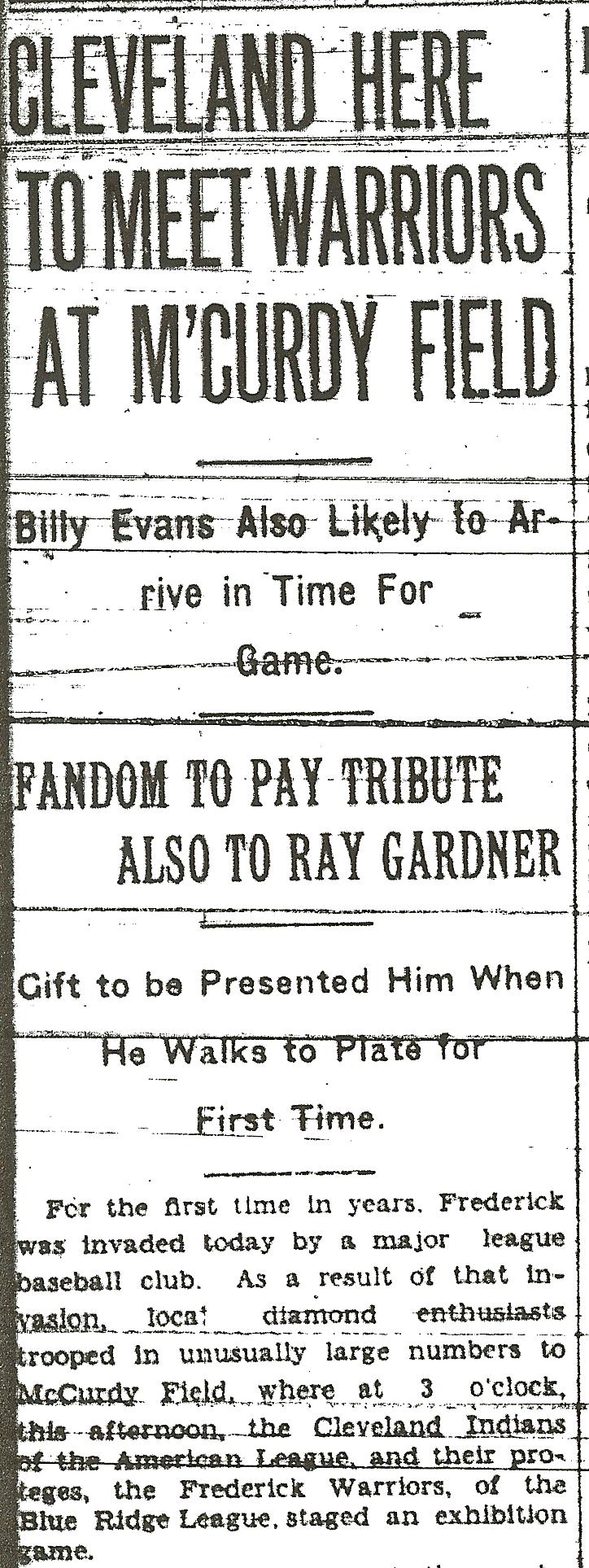

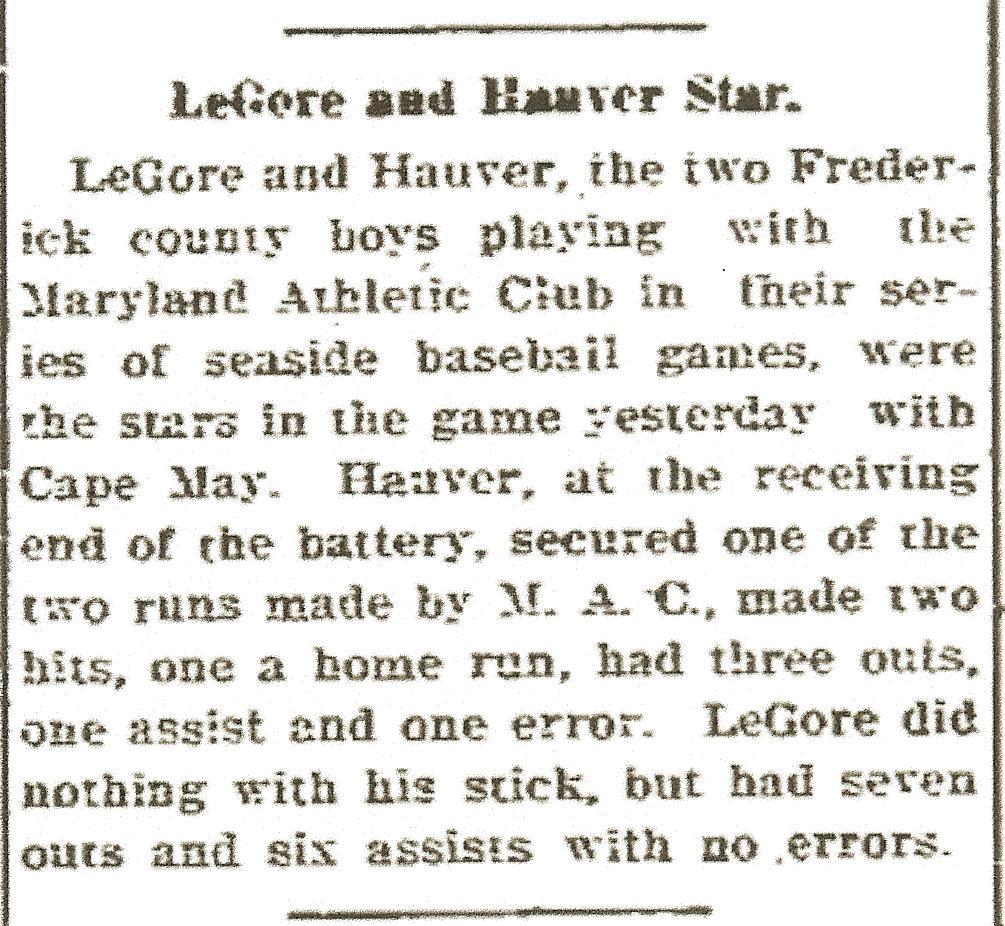





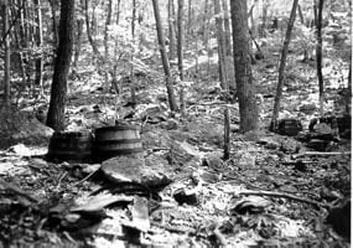


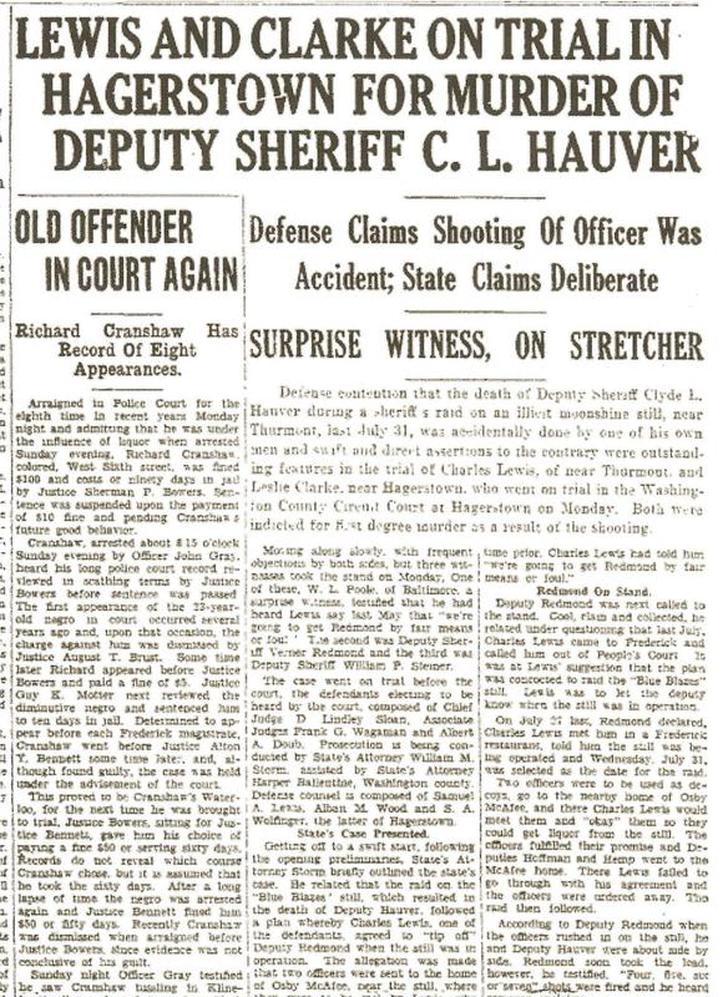





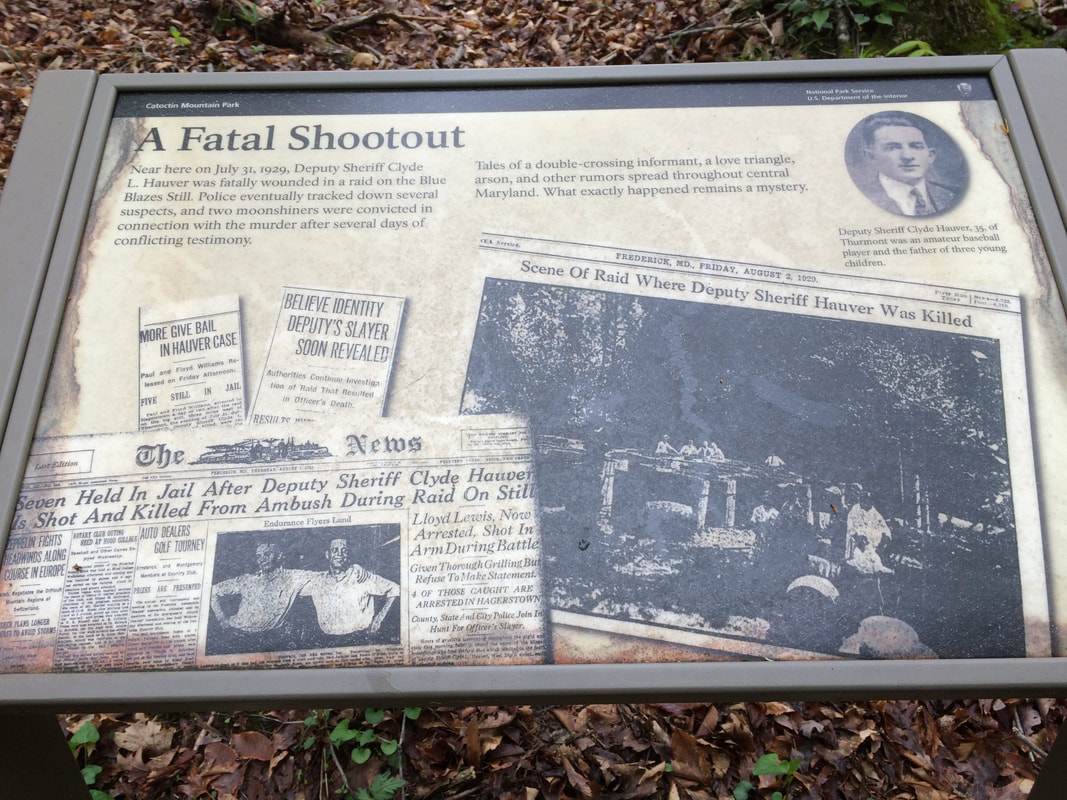

 RSS Feed
RSS Feed